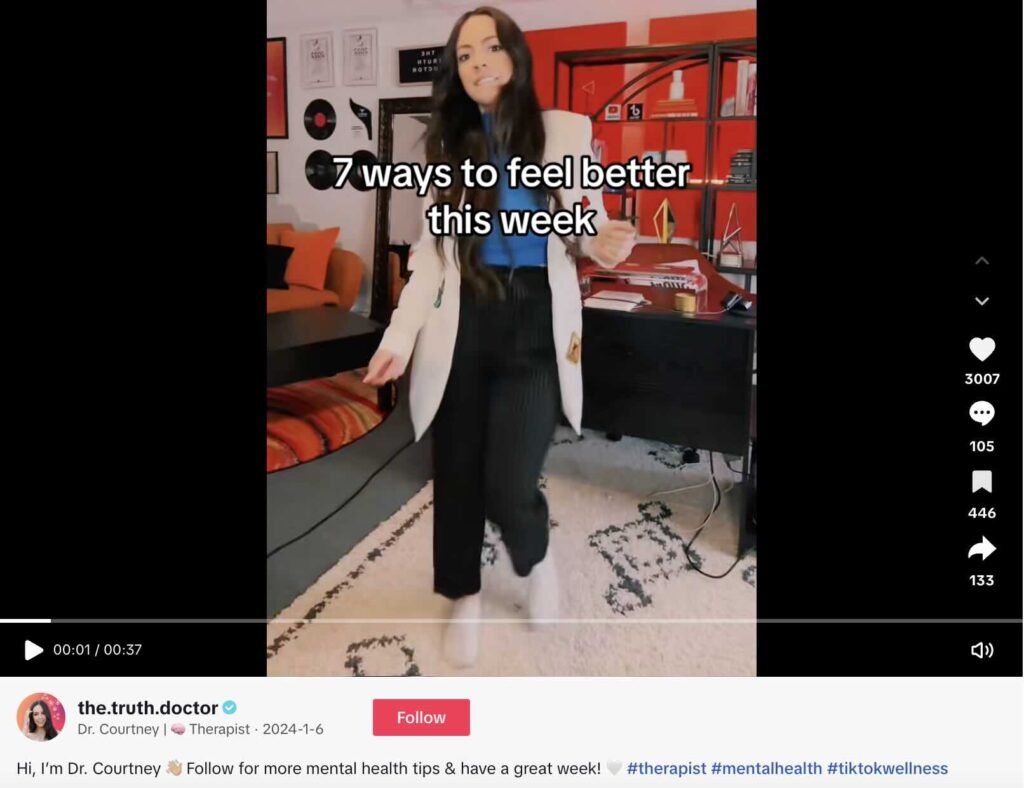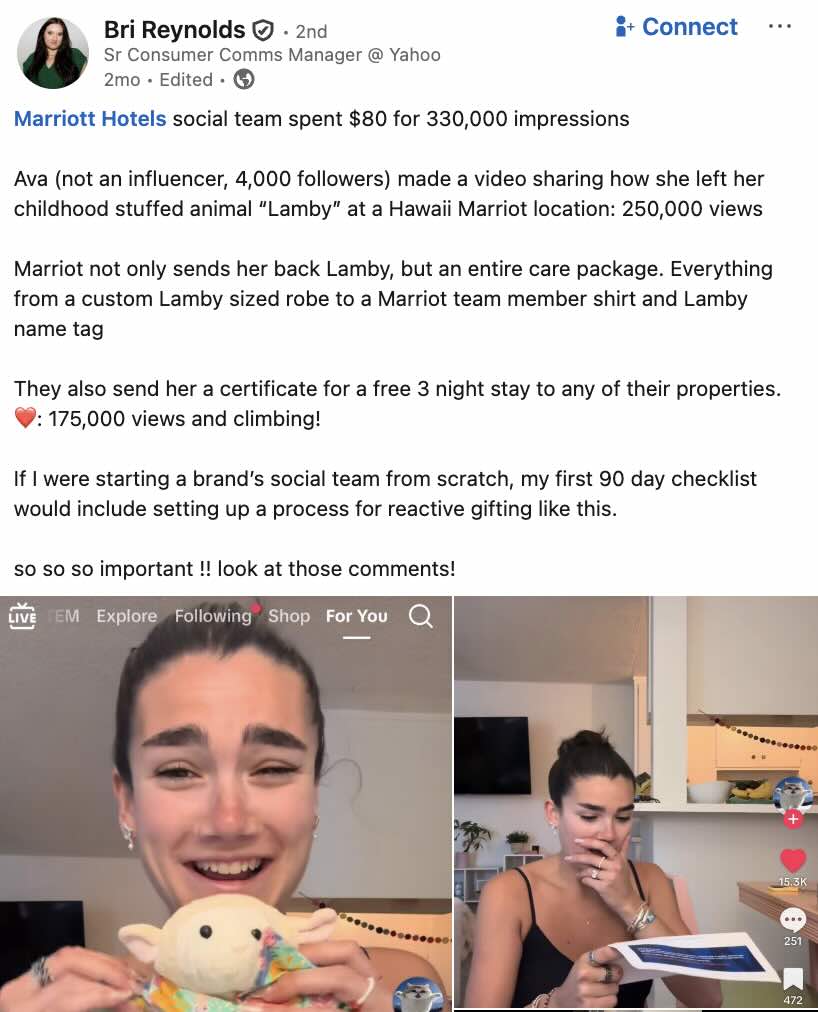Ah social media. As the old saying goes, “can’t live with it, can’t live without it.” Social media platforms have evolved (RIP, Vine), and so have the pros and cons that come with them.
Not so long ago, brands and executives still wondered whether they needed to be on social media at all. But times have changed. Now, social media has gone from a “nice to have” to a “must-have” for businesses, as it has become a core place for audiences to connect, get updates on current events and capture moments. In fact, The 2025 Sprout Social Index™ found that even though many consumers are already “chronically online,” 30% plan to use social media more this year, while 56% plan to maintain their current usage.
Social media is, without question, necessary for your business. But there are pros and cons that brands and social professionals must grapple with. It’s a place where people of all ages, locations and interests converge—things are bound to get complicated. Let’s talk through what some of those look like, and how to approach them to make the right decisions for your social strategy.
The pros of social media for consumers
It’s easy for the negativity around social media to overshadow its benefits. And there are plenty of “pros” to celebrate. Let’s get into why social media is good, and the positive impact of social media on our lives.
It’s a place to connect with friends, family and peers
With 5.4 billion social media users worldwide, social media enables you to reach people all over the world—no matter where they are. And the people we’re most keen to connect with are our friends, family and peers.
According to Q2 2025 Sprout Pulse Survey data, users’ #1 motivation for trying new networks is that their friends and family are already there. The social in social media still matters, even if networks look different than they once did.
It’s entertainment
The 2024 Content Strategy Report found that entertainment is the top reason people use most social networks. For Gen Z especially, social media has surpassed traditional channels for entertainment—and other generations are quickly catching up.
This year alone brought us viral moments like McDonald’s reviving the Snack Wrap, the sailing cat Phoenix and his human Oliver, and Love Island-induced global hysteria.
Beyond the viral, social also connects people around shared interests. Niche communities like BookTok show how joyful and inclusive the internet can be.
It’s having a positive impact on financial decisions
Social media is playing a role in helping young people make smarter financial decisions. In fact, 62% of Gen Z and 53% of Millennials say social has positively impacted their financial decisions, according to the Q2 2025 Pulse Survey.
That’s in part thanks to FinTok, the global community born on TikTok that makes financial information more accessible and digestible than ever before. (Not to mention financial creators like Tori Dunlap, Marc Russell and many more.)
But it’s also because, through social search and discovery, we’re able to research products more thoroughly. The same Pulse Survey found that one in three consumers looks for product recommendations on social. We also receive trusted product recommendations from our favorite influencers—making it easier to feel good when we hit “add to cart.”
It can boost mental health
According to the Q2 2025 Sprout Pulse Survey, 60% of all social media users say social has had a net positive impact on their mental health over the last six months. This jumps to 71% for Gen Z and 68% for Millennials.
Social can be an outlet and needed escape, while still creating connection and combating feelings of isolation. Teens in particular tend to use social media to find mental health resources.
It also serves as a place for people to find community with those going through similar struggles, like coping with chronic illnesses, moving to a new city or navigating other big life transitions.
It promotes social change
Social media has proven that it can change the world. The Arab Spring is one of the earliest examples of social media facilitating real-world protests. Online networks facilitated organizing groups of activists, and played a key role in communicating what was going on to the world. Since then, there are countless other examples, from geopolitical crises to climate change to local activism.
Social media has made it easier for more people to get involved in social revolution. And it’s also enabled large-scale learning for those who were previously unaware of social issues—hashtags like #BlackLivesMatter have become virtual meeting places and rallying cries for social change.
It’s a source of real-time news and information
Sprout’s Q1 2024 Pulse Survey found that social is now consumers’ top source for breaking news, particularly for events unfolding in real-time (think presidential elections or natural disasters).
That’s particularly important for agencies and organizations in the public sector. Social media has removed a wall between leaders and their constituents—creating an “always-open forum” where constituents’ can voice their questions and concerns. Government entities are also able to reach constituents with the latest updates, like how the Chicago Transit Authority shares transportation news.
During a crisis, social media provides a space for much-needed, real-time updates for the general public, like how the U.S. Coast Guard used social in response to Hurricane Helene.
Social has also created an opportunity for entities and leaders alike to humanize themselves, foster community and share community updates—and triumphs. In some cases, official social media channels take on a personality of their own, like the Victoria Police.
The pros of social media for marketers
Social media is redefining the relationship between brands and consumers for the better. Here are some of the top benefits you should have on your radar.
Gets you in front of potential customers
Social is now the #1 way consumers discover new products, per the Q1 2024 Sprout Pulse Survey. This is especially true for younger generations, as 41% of Gen Z use social media to search before traditional search engines, according to the Q2 2025 Sprout Pulse Survey.
Optimizing content for social SEO ensures brands show up where consumers are actively looking.
Delivers faster support and customer care
Social is the go-to channel for brands to connect with consumers. If you’re not using it to communicate with them, you’re missing a chance to build relationships.
Especially when you consider that more than three-quarters of consumers expect a response within 24 hours, per the Index. Another 73% say if a brand doesn’t respond on social, they’ll buy from a competitor next time.
Answering questions, responding to comments and acknowledging complaints may seem simple. But it can be huge for your reputation—responsiveness leads to a more favorable view of your company.
Leveling up your social customer care goes a long way. And using a tool like Sprout’s Smart Inbox feature makes responding quickly to your audience easy by funneling comments and messages from all of your social media channels into a central, streamlined hub for your team.
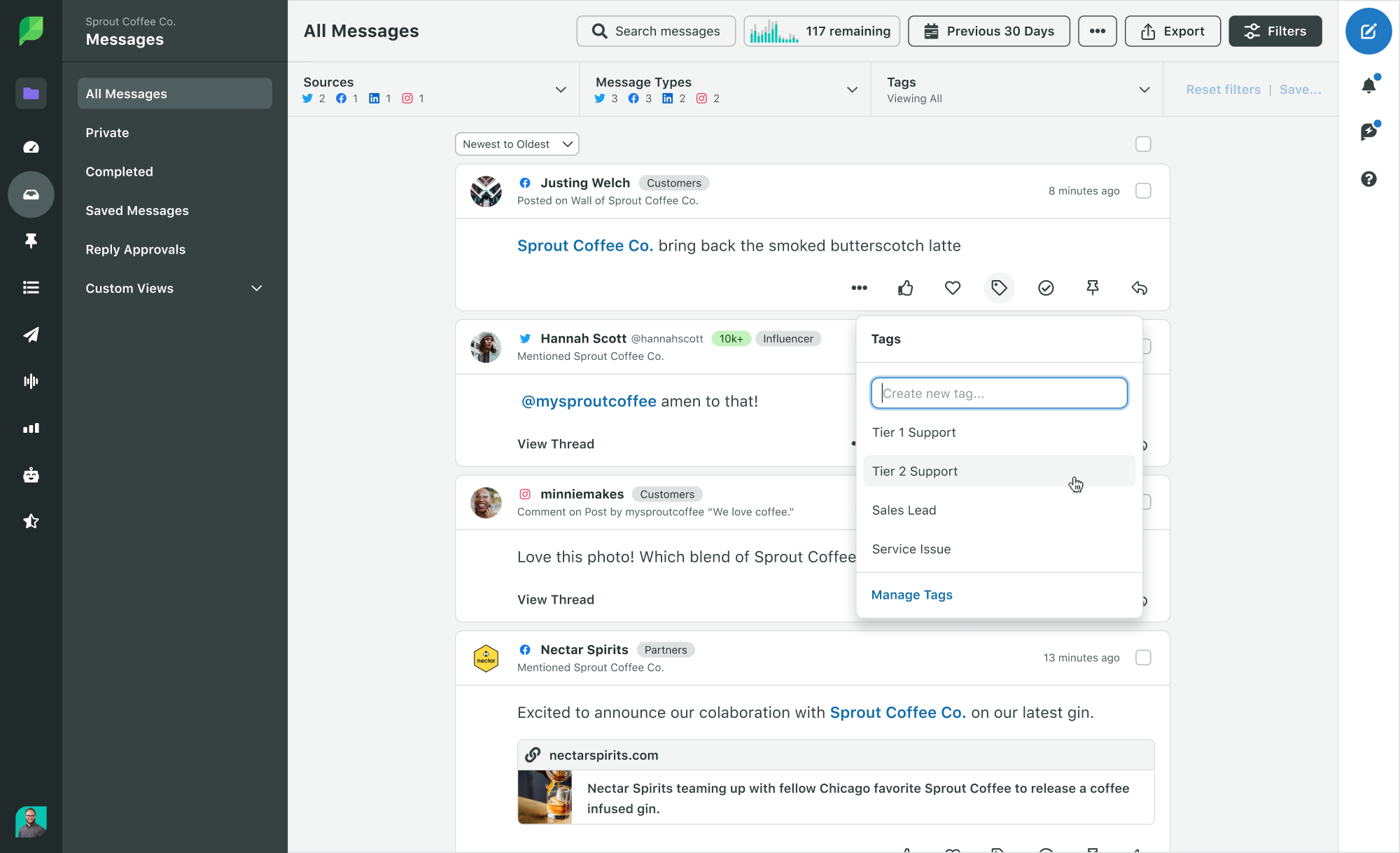
Helps you build and nurture a community
Social offers a place for brands to build and nurture a genuine community, and that’s what your audience wants, too.
Audience interaction is the #1 thing consumers want brands to prioritize on social in 2025, per the Q2 2025 Pulse Survey. The Content Benchmarks Report backs this up. Even though brands’ posting frequency slightly decreased in 2024, engagement went up year-over-year thanks to a greater focus on quality content and 1:1 audience interaction.
While some brands misinterpret “building community” to mean launching an unused Discord server, it actually means showing your audience you get them. That you’re in on their jokes, understand their niche interests and think like they do.
For example, surprising and delighting a member of your audience with the exact unexpected treat they’d want shows your entire community how much you value and listen to them. Like when Marriott Hotels returned “Lamby” to a guest who left the beloved stuffed animal at their Hawaii resort, plus a certificate for a three-night stay. The effort was a massive hit (not only because this author has her own “Lamby”), but because it showed just how much the hospitality brand truly cares about their guests.
Extends your reach through brand advocates
Brand advocacy is one of the most tangible social media benefits for brands. When influencers, customers and employees share content on behalf of your brand, it amplifies your reach and underscores your credibility.
More than half of marketers say they already rely on influencer marketing to increase brand awareness, audience engagement, credibility and trust, and even revenue, per the Q1 2025 Sprout Pulse Survey. Another 83% of marketers say that sponsored influencer content generates more conversions than organic posts from their brand account. Why? People trust influencers more than traditional PR and advertising tactics.
But it’s critical to vet influencers you work with and source brand partners that seem like a natural fit, which is easier with a solution like Influencer Marketing by Sprout Social.
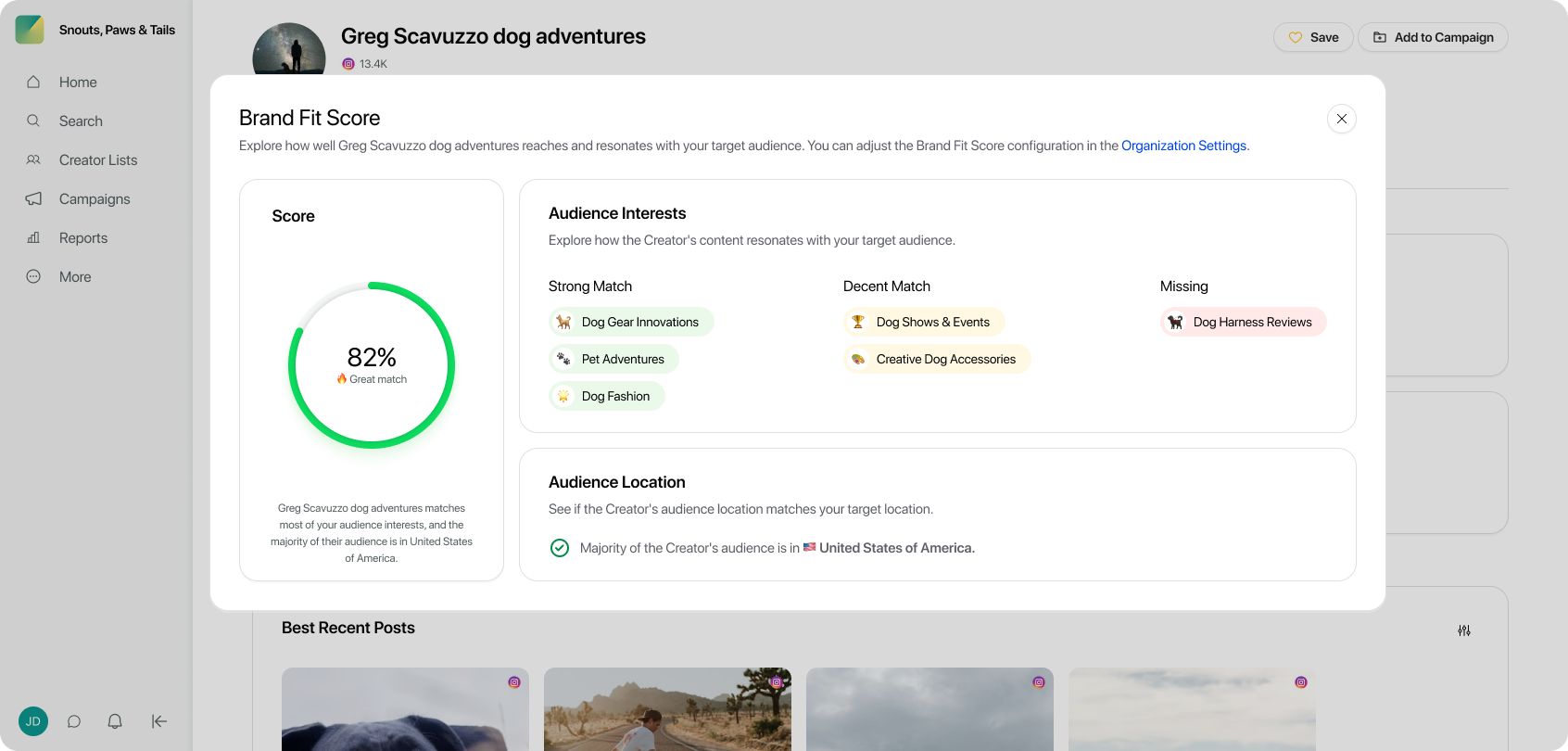
At the same time, 48% of consumers want to see the people behind businesses, per the Q4 2023 Sprout Pulse Survey. When employees post about your brand on social, it influences whether prospects will work with you and candidates will join your company.
At Sprout, we rely on employee advocacy to expand awareness. Our employee-shared posts generate more reach than all of our organic channels combined. By using Sprout’s Advocacy solution, our entire team can share compliant brand content with just a few clicks.
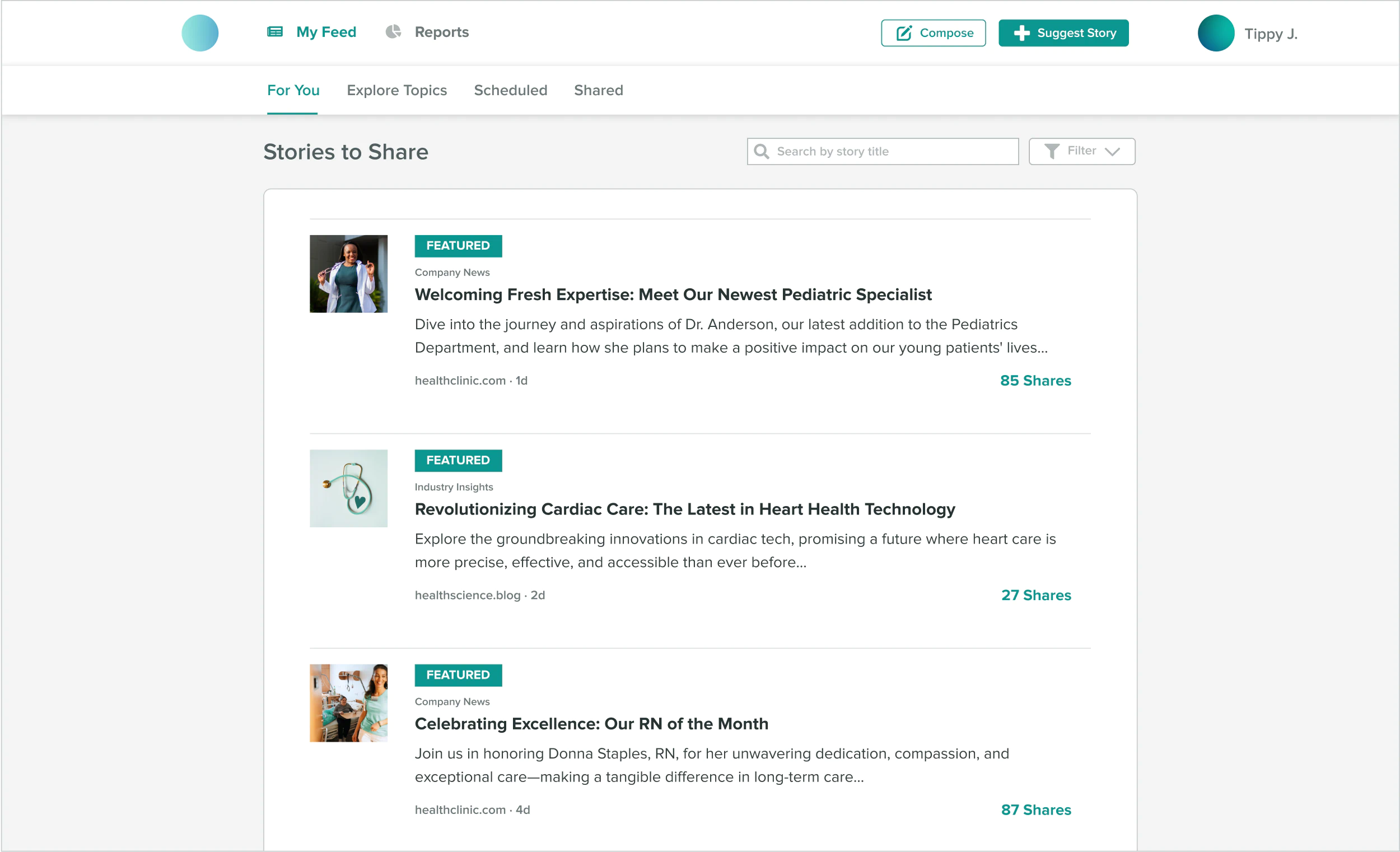
Together, these forms of brand advocacy let marketers scale reach beyond their internal bandwidth, turning employees and influencers into springboards for earned media and improved ROI.
Offers a continuous feed of real-time intelligence
Social media is an always-on focus group. And social media crowdsourcing—or turning to social for audience opinions, ideas and sentiment—is a powerful way to improve your content, products and your business as a whole.
Social media makes this easy in a few ways. Social listening collects and analyzes conversations across different networks to draw useful, actionable business insights. With social listening, you can access customer insights, market intelligence and direct voice of customer data.
Sprout Listening leverages AI to uncover these insights at scale. While native tools make it hard to track performance trends, spot shifts in customer behavior, or monitor conversations about your brand and industry, our platform mines and analyzes high volumes of data in seconds. Giving social teams more time to socialize their valuable learnings and fine-tune their strategy.
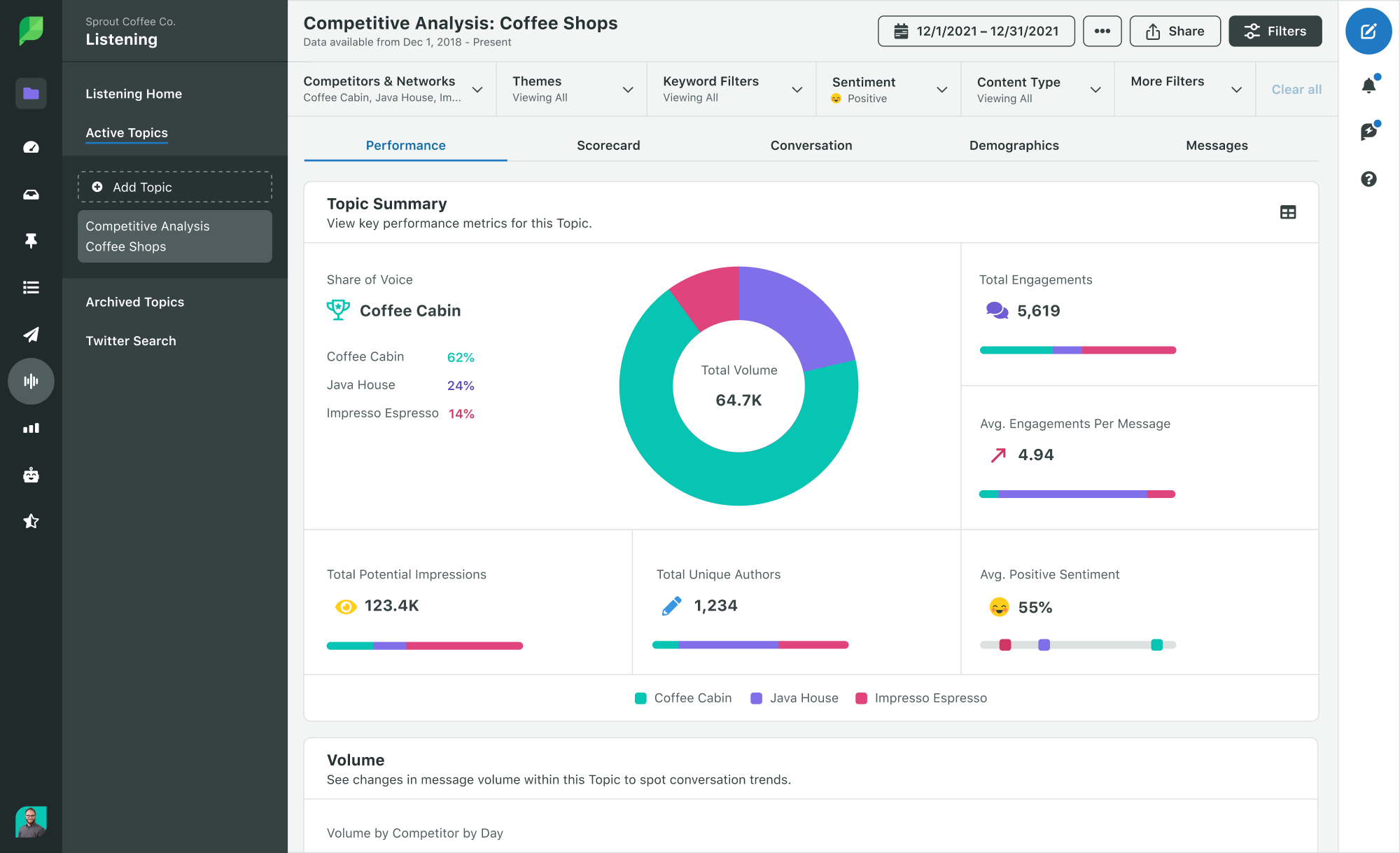
The cons of social media
Naturally, we love social media. But we’re not going to ignore the virtual elephant in the room: Social media isn’t always positive.
In this section, let’s go beyond answering the question “why is social media bad?” and dive into a few ways you can curb its negative impact—for yourself, your brand and your audience.
Misinformation
You already know that social media algorithms fill feeds with posts based on relevance—not necessarily recency.
From a business perspective, this type of feed makes it harder to get your content in front of people without spending money. From an audience perspective, when you’re only shown posts based on what you’re already interested in, a “filter bubble” is formed. This is where you only ever see topics and viewpoints you’ve already expressed interest in.
At its best, this limits you from learning new things. At its worst, filter bubbles make it too easy to discount opinions other than your own, and for misinformation to spread. Especially given that inflammatory posts rack up algorithm-appeasing engagement faster—even if they’re false. That’s part of the reason why bans for children under 16 are being proposed worldwide.
As misinformation continues to spread at alarming rates, consumers want brands to step in. The Index found that 93% of consumers agree brands need to do more to combat misinformation on social.
What you can do: To avoid your own filter bubble, adjust your feeds. Facebook and Instagram allow you to adjust your newsfeed settings from algorithmic to chronological.
When sharing or researching content for your brand’s channels, scrutinize your sources to limit consuming, or spreading, misinformation. Also use social media listening to help flag and squash misinformation about your brand before it spreads.
Lack of privacy
Public social accounts put our identities on display. And that can impact our sense of self and well being—being unsure what people really think of us online can lead to stress and anxiety.
But on the technical side, lack of privacy means your personal information is vulnerable, and can be used against you. And this can have real world implications (think: the Tea dating advice app), can lead to data breaches and more.
People are rightfully worried about this. According to the Q3 2025 Sprout Pulse Survey, consumers say one of the things they are most concerned about brands doing on social is mishandling their data. As a social media professional, you have your own privacy to worry about, as well as the privacy of your business accounts and customer data. Failure to comply with consumer data privacy laws like GDPR can have catastrophic consequences.
What you can do: There are many ways you can make your accounts more secure:
- Use multi-factor identification and complex passwords: This has become a best practice. Also remember to use different passwords for different accounts.
- Make your own social accounts private: This is a given to limit who can see your information.
- Explore privacy features offered by each social platform: For example, you can prevent people from downloading your TikToks. And Instagram allows you to limit who can see your profile, or whether people can see that you’re active. Explore each platform and what they offer to bolster your security.
- Make a habit to change passwords: Do this regularly for a security boost.
- Store passwords securely: If you need to save passwords, new and old, use an official password manager that will keep them secure and limit access, while allowing you to share passwords with those who need them.
- Be careful about using accounts with third-party sites or apps: “Log in with Facebook” is convenient, but it also opens more doors to your data. Limit the third-party sources you give access to.
- Use social media management tools that automate consumer data protection: Guardian by Sprout Social uses AI-driven tools to securely handle your customers’ data, personalize your interactions, and enhance your brand safety by implementing data masking, secure forms and blocked words.
Growing AI ethics concerns
The rise of AI in content has raised ethical concerns about transparency and truth. While social media used to be primarily human-led, the incorporation of AI content creation tools has blurred the lines between what’s real and what isn’t.
And, without moderation, AI outputs can be biased, inaccurate and offensive, further dividing people online.
Not only does AI content fan the flames of misinformation, it also raises questions about plagiarism, privacy and intellectual property. Most generative AI models are trained on massive datasets scraped from the internet. Brands who use AI content creation tools might be copying the work of small artists without even realizing it, and those that don’t disclose their AI use risk looking untrustworthy.
The Q3 2025 Sprout Pulse Survey found that not disclosing AI-generated content is tied as the #1 concern consumers have about brands on social. Another 55% say they’re more likely to trust brands that are committed to publishing content created by humans instead of AI.
What you can do: While dabbling in AI content generation isn’t strictly off-limits, it requires close monitoring to stay within ethical guardrails.
When in doubt, use AI to handle tedious tasks, so you have more time for the work that matters most—like creativity, strategy and building meaningful creator relationships.
Burnout
When you work in social media, it’s easy to feel like you need to be “always on.” In fact, the Index found that 94% of social media marketers believe they have to be chronically online to work in the industry.
The battle against burnout can feel like treading water. You’re bombarded by algorithm changes, negative comments, the constant news cycle, not to mention so many emerging networks and changing content formats—something 53% of recent survey respondents said was a major challenge when scheduling and planning content.
Not every social team has the support they need for career growth, and less resources means more churn and burn.
What you can do:
- Limit your social media usage: Taking social media breaks at home or doing a social detox after hours can help you reset.
- Set boundaries: You have a content calendar and social media priorities—stand by them, set boundaries and protect your time when it comes to what you post.
- Divide up the work: Even a large social team can get burnt out. In fact, social media teams mark bandwidth as one of their number one struggles. Evaluate how your work is divided up, and where you can source more support.
- Create a response protocol: Pre-written response templates and guides make monitoring faster.
Use the pros and cons of social media to inform your strategy
Social media is far from perfect. But it is part of our world. While there will always be risks, there are so many ways to emphasize the positive impact of social media—for your brand, your audience and for yourself.
Make social media your ally. Learn how to get the most out of the digital space we all occupy by leveling up your social media marketing with The 2025 Sprout Social Index.™
The post The pros and cons of social media appeared first on Sprout Social.



